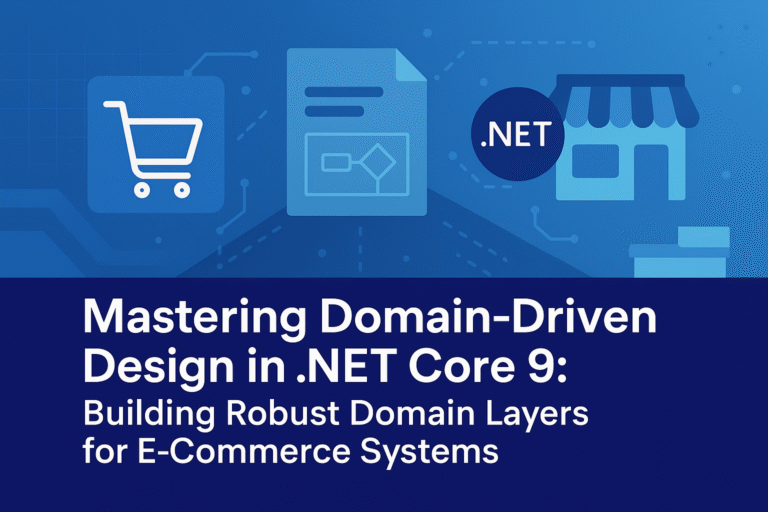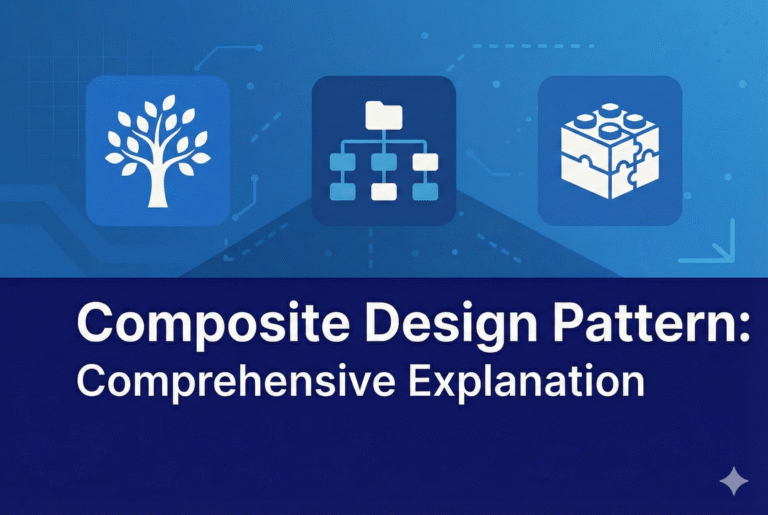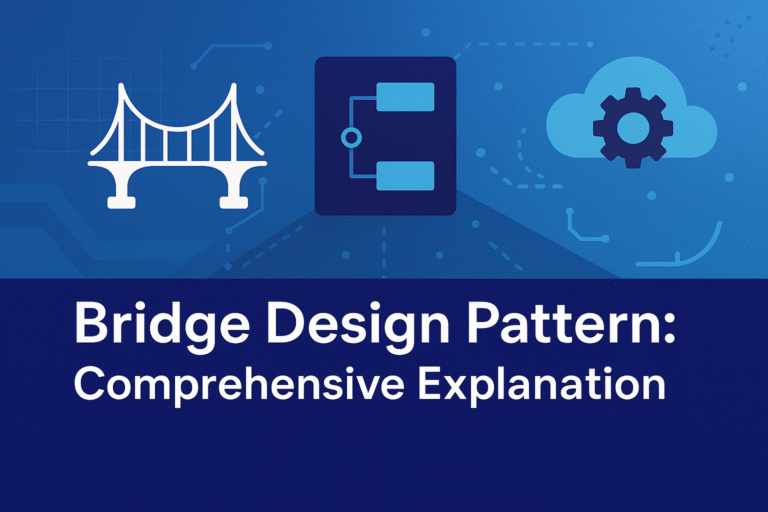
Mastering Domain-Driven Design in .NET Core 9: Building Robust Domain Layers for E-Commerce Systems
Unveiling Domain-Driven Design: A Strategic Blueprint for Complex E-Commerce Systems Domain-Driven Design (DDD) is a disciplined software development approach that prioritizes the core domain—the business problem space—and aligns the architecture, code structure, and team communication around a shared understanding of…








